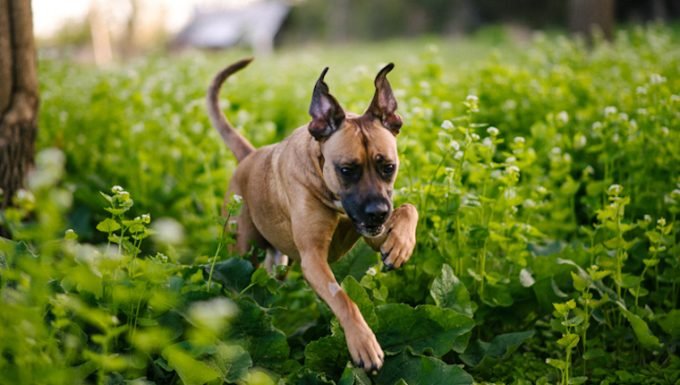- September 10, 2022
- No Comment
- 3 minutes read
Rhinosporidiosis in Dogs: Symptoms, Causes, & Treatments – DogTime

(Learn more about rhinosporidiosis in dogs. Picture credit: Viara Mileva / Getty Images)
Rhinosporidiosis in dogs is a fungal infection that affects the nose. It causes growths that look like small cauliflowers.
The condition is zoonotic. This means it can be transmitted from dogs to humans.
Advertisement
Technically, the organism that causes the condition is called Rhinosporidium seeberi.
Thankfully, the condition is quite rare in the United States.
If you see the signs of rhinosporidiosis in your dog, then get to a veterinarian for a proper diagnosis and treatment.
Here’s what you should know about the symptoms, causes, and treatments for the condition.
The condition produces a wide range of symptoms. For instance, some of the most common symptoms include:
(Picture credit: Marcos Assis / Getty Images)
The cause of the condition is being infected by a fungus. For example, some of the ways a dog can come into contact with the fungus include:
Generally, dogs with weak immune systems are most at risk of the condition. Additionally, very young and very old dogs often develop the condition.
Firstly, your vet will ask about your dog’s symptoms. Secondly, your vet will ask about any circumstances where your dog could have come into contact with the fungus.
Thirdly, a full physical examination will be carried out. This will include blood and urine tests.
Generally, a biopsy of any growths will be needed to confirm the condition.
Normally, treatment begins with cleaning up the infected area. A subsequent surgery can remove any growths.
Additionally, antifungal medication can be used. As always, if your vet prescribes your dog any medicine, make sure to stick to the correct dose and frequency instructions. Also, complete the full course of medicine.
Finally, remember prevention is better than cure. So keep your dog away from contaminated areas.
Have you ever cared for a dog who suffered from this condition? How did your vet help your dog recover? Let us know in the comments section below.

